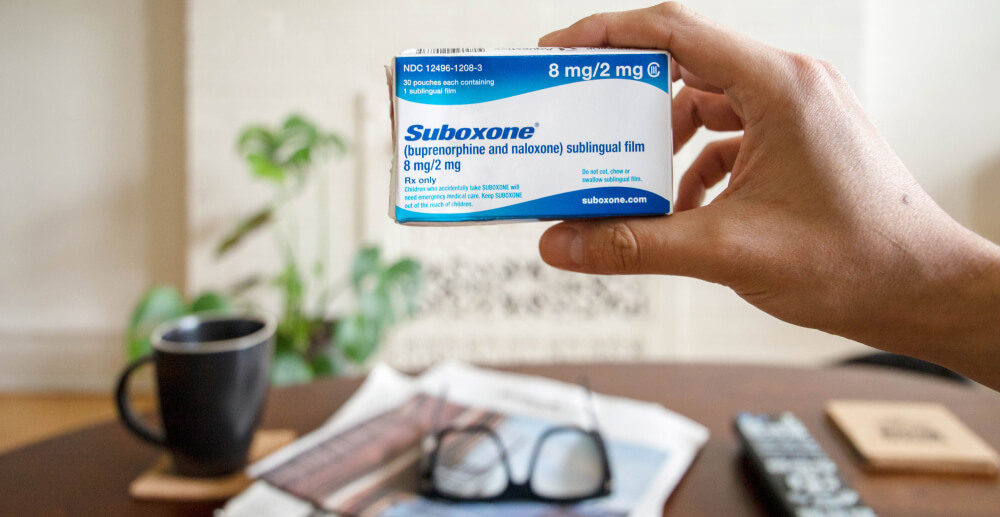Have you seen this scene in a movie? A character looks at themselves in the mirror and recites an affirmation like, “You’re an amazing person and everyone loves you. You’re going to crush this day!” Because movies rely on dramatic irony, this scene is usually directly followed by one showing the character squeezing toothpaste all over their shirt or getting bullied.
This scene is what a lot of folks think positive affirmations are like: fluffy optimism—or maybe even toxic positivity—that doesn’t actually do much. But in this as in many other scenarios, Hollywood has got it wrong! Positive affirmations are a tool that can really help people achieve better self-confidence, reduce stress, and improve problem-solving abilities. This can be powerful for anyone, but is especially impactful for those of us in addiction recovery.
Why are affirmations helpful?
For one thing, positive affirmations provide a counter to the negative self-talk that many of us fall into. If we say mean things to ourselves (especially if we keep repeating them), it’s very easy to believe them.
For another, positive affirmations allow us to build new neural pathways in our brains, encouraging our minds (over time) to naturally have healthier, more confident thought patterns. Building these pathways takes a lot of repetition, just like building a muscle or learning a new skill or musical instrument. So don’t give up on your affirmations just because you don’t feel immediate results!
Now let’s talk about how to harness the power of positive affirmations. There are tons of ways to use positive affirmations, but here are some tips for making and using them.
Make affirmations personal and specific
A lot of the affirmations you find on lists or on Pinterest might sound cheesy or flowery to some people. If one of those resonates with you, it’s totally okay to save it and use it! But it might be more effective to create your own affirmation that is personal to you.
An affirmation can work best when it is tied to your values (kindness, intelligence, honesty, hard work), and when it addresses an area where your thoughts or feelings need a positive boost. This can be different for everyone. I’ve used, “I am resilient, overcoming obstacles with grace.”
Make affirmations realistic
One of the reasons so many of us resist the idea of positive affirmations is that they can feel fake. Telling yourself something impossible, like, “I am the smartest person in the world,” is unlikely to give you good results, because you probably won’t believe it. Instead, stick with realistic, achievable affirmations. One I like is, “I might make mistakes today, and I can accept that and keep moving.”
Keep your affirmations in the present tense
It might be tempting to phrase your affirmation in the future tense, like, “I will be more assertive in the future,” or “I’m going to focus on being less messy from now on.” That future tense makes it feel less real and more conditional. Instead, use the present tense. It can help to start the sentence with, “I am …” For example, “I am capable of making choices that help me feel safe and good.”
Make your affirmations positive
Maybe this sounds like a no-brainer to you, but it’s important to note. You want your affirmation to support a positive part of you, rather than to deny something negative. When you use negatives, like, “I will not get so angry,” your subconscious can skip right over that “not” and focus on the thing you want to avoid. So try to phrase your affirmation with productive, positive words, instead. Instead of, “I won’t be stopped by haters,” you could try, “I appreciate the opportunities in front of me.”
Make your affirmations memorable
Ideally, this will be something you repeat to yourself often, so make it something you can remember. You’re not creating your affirmation to impress anyone; it’s just for you. So instead of trying to make it sound fancy and impressive, make it short and simple enough to easily remember. A fun, memorable affirmation is, “My weirdness is wonderful.”
Putting affirmations into practice
Now that you know the factors that make an affirmation effective, let’s talk about how to put it into practice.
- Write it down. Write your affirmation on a physical piece of paper, by hand. You can type it on a computer or tap it into your phone in addition to writing it, but do write it out by hand. Research suggests that writing by hand activates more parts of your brain than typing on a device, and makes the words you write more memorable and impactful.
- Repeat it regularly. Remember how we said that positive affirmations can build neural pathways? Repetition is vital to that process! So it’s best to repeat your affirmation regularly. Here are some suggestions for getting into the habit:
- Put a note on your mirror so you’re reminded to say your affirmation every time you look in the mirror
- Make a point to say your affirmation before you get out of bed in the morning
- When you get in your car, take a moment to say your affirmation before turning the key
- Say it out loud. It might feel a little silly at first, but saying your affirmation out loud really is more effective than just saying it in your head. When possible, say the words and listen to your voice as you do. If you live with other people and don’t want them to hear, here are some suggestions for private places to repeat your affirmation:
- In the bathroom/shower
- Alone in your car
- While out taking a walk
- Alone in an elevator
- In the park
- With your phone held up, pretending to be talking to someone else
If you accidentally skip saying your affirmation, that’s okay. Just start again once you realize it! You can always resume building those positive neural pathways.








